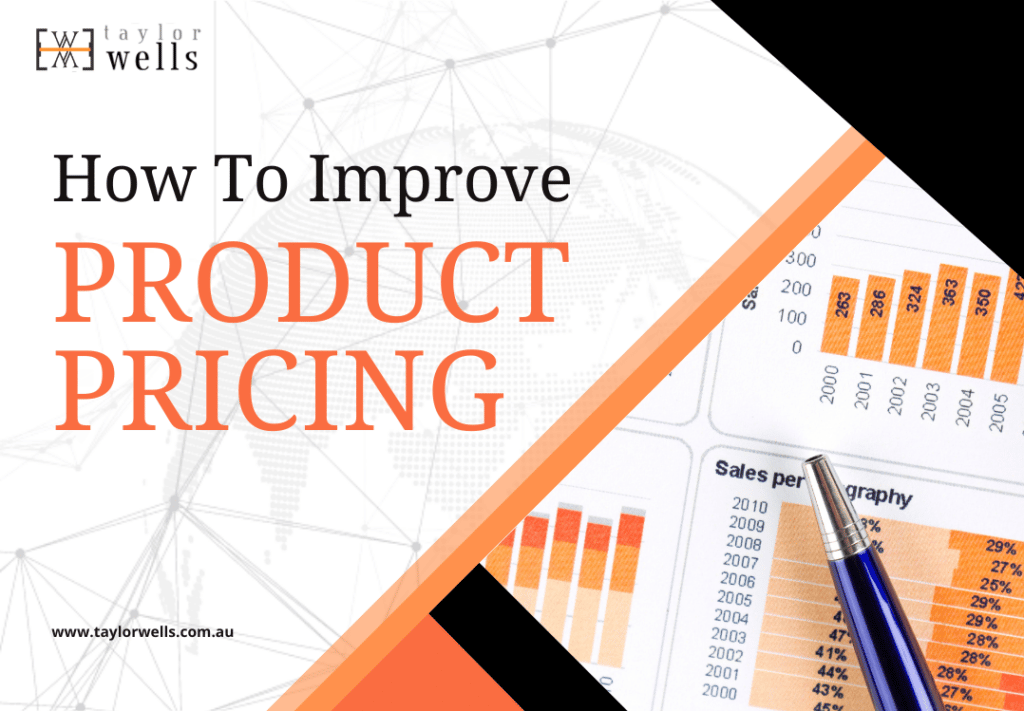
New Product Life Cycle – What are the Stages and Challenges?
What is ever consistent in the business world is how times change – and along with it comes consumer behaviour trends. As modern technology continues to develop to serve our needs, business and brands also must adapt or cope with the changes. So, how can businesses not only create a buzz about their new products but also sustain their relevance in the long run? Starting right from the new product life cycle can.
>Download Now: Free PDF How to Improve Product Pricing
A new product’s life cycle starts from its introduction, growth, maturity, and decline. Most business experts suggest that brands should already envision their product life cycle in the manufacturing process.
New Product Life Cycle
The idea of something “new” obviously excites people. This is true in a consumer’s world. A product/service gains a lot of buzz once it’s introduced in the market. Then, the brand establishes or sets itself apart from the rest of its competitors.
We often see common products being “rebranded” or “improved” to boost sales. This is because customers may have switched to a better product/a competitor. Or possibly, there are emerging market disruptors. Until eventually, the product/service become irrelevant due to reasons like new market trends, consumer behaviour, and technology.
But should this really be the pattern that business should follow? How do you ensure longevity and sustainability of a service or product? Should you choose a manufacturing system with factories, equipment/technology, employees, quality control, and policies? Since this allows flexible processes and is low-capital to some extent.
Or should you choose a structure that lets you reduce costs during production with less flexibility in volume production or equipment?
In this article, we argue that the old model of product life cycle should be rethought. We suggest that product life cycle and process cycle are two separate things. While old models focus on growth and development, new trends call for new processes to lengthen a product’s relevance.
What is a product process matrix?
One of the disadvantages of a traditional product life cycle model is how it highlights the marketing aspect more than it should. Thus, it focuses more on the marketing life cycle of a product and lacks flexibility. This may not always be helpful when planning strategies in pricing and cost-efficiency.
A product process matrix refers to the steps involved in both the product manufacturing stages and processes. They can be capital intensive, highly flexible, standardised, automated, and mechanised.
Product structure and life cycle stages
1. Low volume – has low standardisation processes and computer printers are a common example.
2. Low volume with multiple products – Heavy equipment, for example, often are often engineered within an intermittent flow process to enable high volumes through repetition, automation, and mechanisation.
Similarly, a car company or appliance brand will manufacture only a few models in the production process. It will also likely offer customisation options and go from jumbled flow (or job shop) to batch manufacturing for a low-volume assembly line.
1. High volume with few major products – cars, gadgets or electronics, and household appliances are some common examples. Why? It’s because the products are uniform and repetitively manufactured. This gives a competitive advantage over predictions, strategies, and tactics in the midst of new trends.
2. High volume with high standardisation of commodity products – refineries like sugar and oil industry which are highly inflexible are the most common examples.
3. No process structure – Rolls Royce is an example of such a model as it manufactures a product line of limited edition car models. A company like this may choose a strategy that allows them to stay ahead of the competition.
Process structure and life cycle stages
1. Jumbled-flow or job shop – is used for customised products/services which customers order one or very few. Some examples are printing and publishing companies and sheet metal production. The fact that it is flexible gives a competitive advantage over changes in products and volume.
2. A connected line flow often uses automation and machinery like conveyor systems so that the flow of work is organised and continuous.
3. Continuous flow – moves a batch of items through every step or manufacturing process to deliver value to customers without letting them wait for too long. This also enables companies to continuously send products to the market while eliminating wasteful processes and minimising inventory costs.
By strategically planning a product and process structure, it allows you and your team to think of how competitive and competent your products are. How competent are they in the process?
It also helps the company think outside of the box, giving the ability to predict future market trends and customer behaviour patterns. In this case, manufacturing, pricing, and marketing teams work best while consulting each other.
Challenges
One of the challenges that a low-volume jumbled flow structured company faces is discontinuing a product/service. While a high-volume and continuous flow structured company is faced with market entry issues. Namely, choosing the best time to enter a market.
What happens to those who find it challenging to organise spare parts production? Increasing production volume may shift the company’s manufacturing structure into low-volume jumble flow, capitalising on operation units. A solution to this may be that it can open a separate production area within the facility.
As brands choose a “no process structure”, they lose themselves in the market and against competitors. At the same time, letting cross-functioning teams work together like manufacturing and marketing teams may prove to be a challenge.
For instance, an electronics company we know chose to keep its production area in the U.S. which allowed low operation costs and flexibility. While its competitors implemented cost-reducing operations by mechanising their production processes in third-world countries instead.

Let’s compare two competing Australian Jewelry companies, for example.
Brand A focuses on production processes, performance, quality, and customisation. While Brand B focuses on reducing costs.
Because of the differences in their priorities, Brand A will most likely use flexible processes (or a low-volume jumbled shop.) On the other hand, Brand B will choose standardised processes because it does not urgently need flexibility.
Similarly, when jewelry line digital watches were first created decades ago, the company used low-volume jumble flow. But it didn’t deliver in volume and profitability. So, it capitalised on a digital watch that sold at a lower price using a connected line flow production process.
Choosing the right combination of product-process structure helps you define your product/services.
A process focus is supported by a consistent structure, enabling long-term success for any organisation. At the same time, the problems that arise as you vary your product-process structure change with your choices.
As processes become standardised the focus changes from quality and flexibility towards costs and reliability. For instance, a brand that focuses on product development and quality as its value drivers will opt for flexible production operations.
〉〉〉 Get Your FREE Pricing Audit 〉〉〉
Bottomline
What are the impacts of your product and process structures? What measures can you use to evaluate how efficient your manufacturing processes are? How do you address the challenges that come along with your priorities? These are questions that you must answer. Of course, that depends on what your company offers which must be aligned with customers’ needs. These choices will determine where you place yourself in the market, whether above or below your competitors.
For a comprehensive view on maximising growth in your company,
Download a complimentary whitepaper on How To Drive Pricing Strategy To Maximise EBIT Growth.
Are you a business in need of help to align your pricing strategy, people, and operations to deliver an immediate impact on profit?
If so, please call (+61) 2 9000 1115.
You can also email us at team@taylorwells.com.au if you have any further questions.
Make your pricing world-class!
Related Posts
Leave a Reply Cancel reply
Categories
- marketing strategy (26)
- Organisational Design (14)
- Podcast (114)
- Pricing Capability (87)
- Pricing Career Advice (10)
- Pricing Recruitment (19)
- Pricing Strategy (292)
- Pricing Team Skills (13)
- Pricing Teams & Culture (25)
- Pricing Transformation (48)
- Revenue Model (25)
- Sales Effectiveness (27)
- Talent Management (7)
- Technical Pricing Skills (35)






